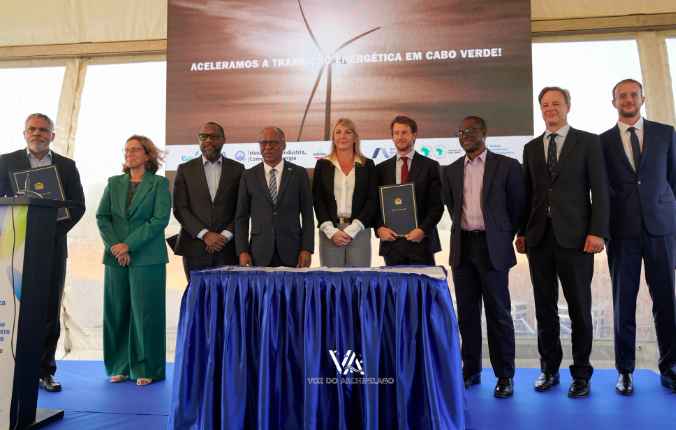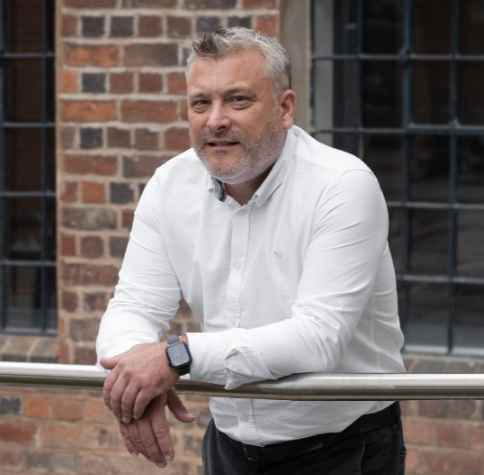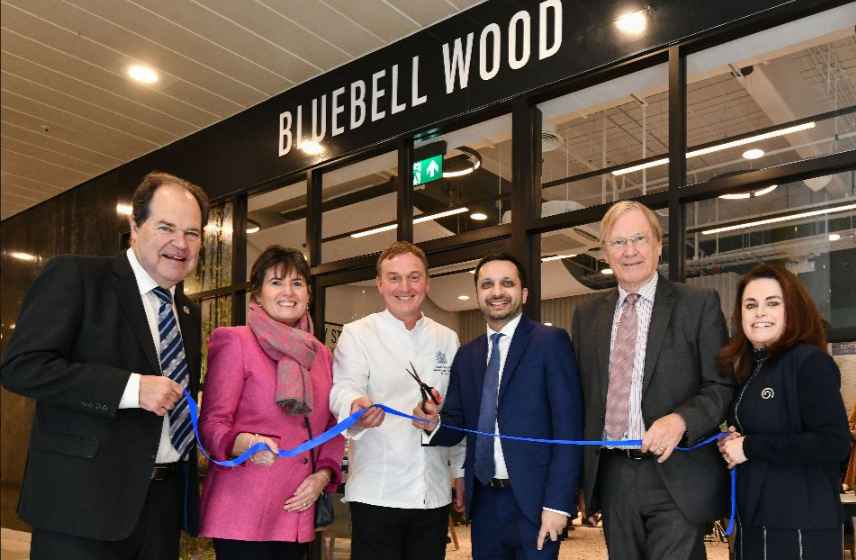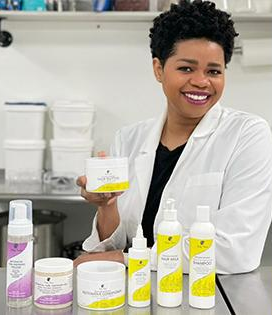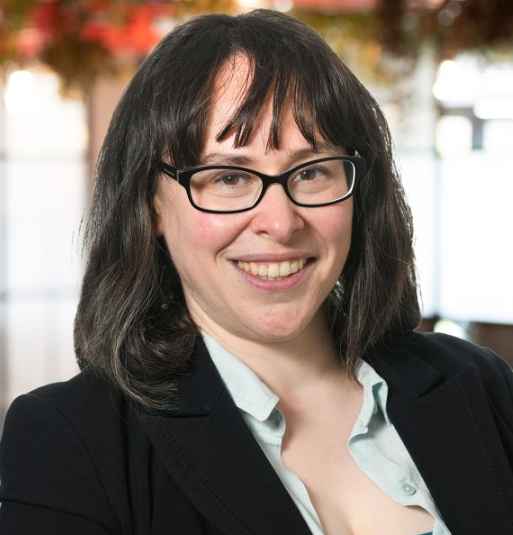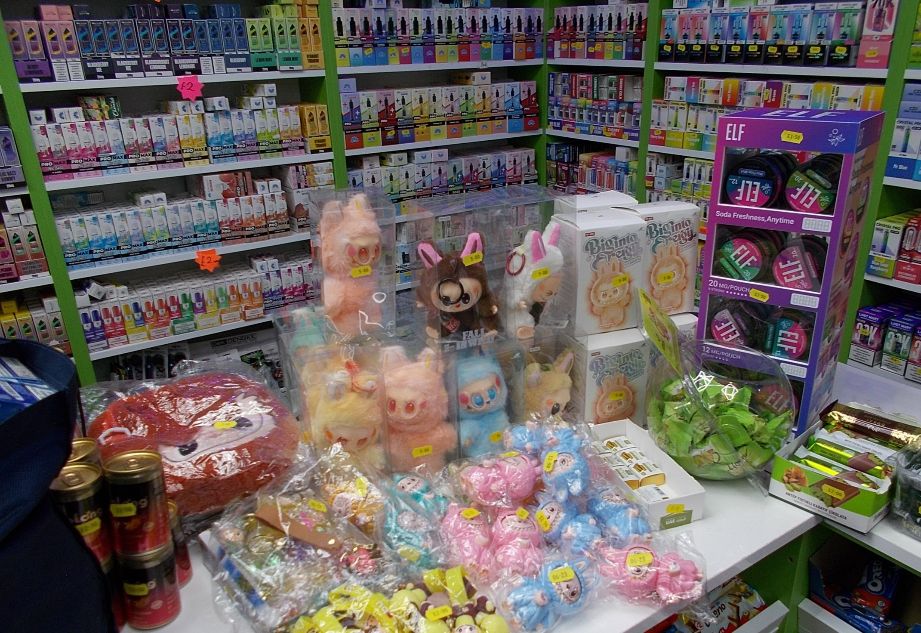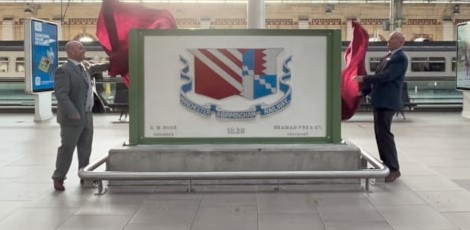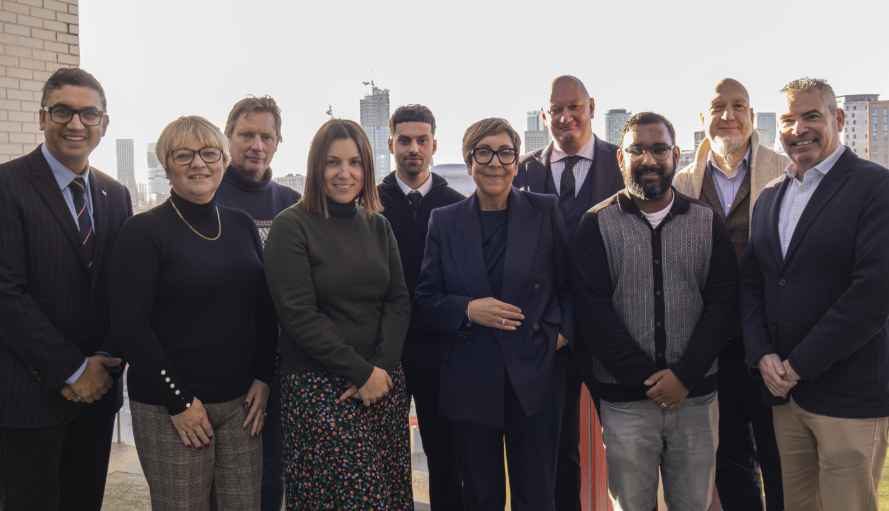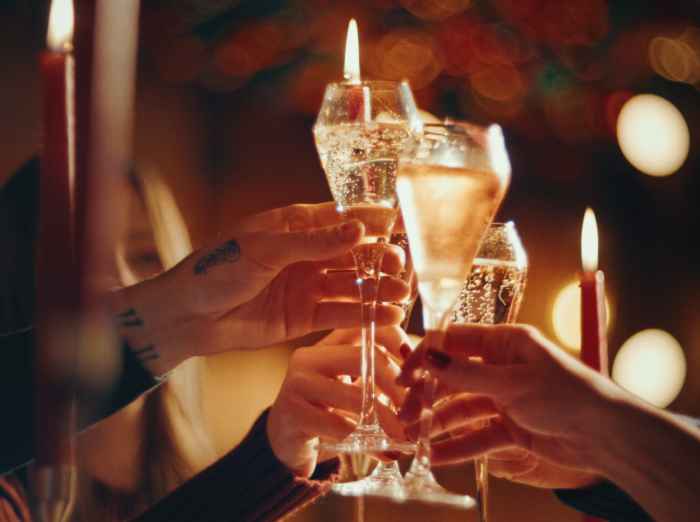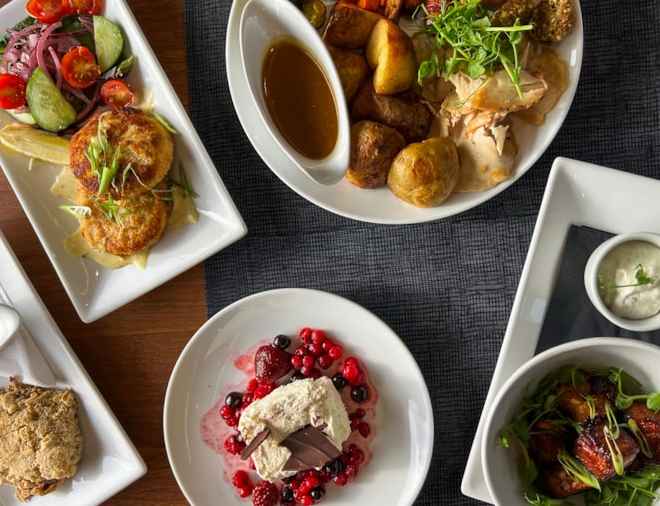Beautiful at any time of year, Mainau Island is one of the most popular destinations on Lake Constance. Known as the Flower Island, its 110 acres offer new experiences and surprises at every turn. Away from the hectic routine of daily life, visitors can slow down and enjoy the ever-changing floral displays and admire the majesty of the Arboretum, with its 150-year-old giant sequoias. Each season brings new delights: thousands of tulips give way to hundreds of rhododendrons, followed by scented roses, perennials and colourful dahlias. Lending a Mediterranean flair to the island in summer are the palms and citrus plants. Even more exotic is the tropical Butterfly House, a-flutter with 120 species of butterflies and moths, as well as the Palm House, with some 20 species of palms. Year-round, both provide a retreat on cooler or rainy days. The backdrop to all this? A handsome 18th-century Baroque palace and church, guarded by 50-ft-tall palm trees.
The Harbinger of Autumn
Mainau Island welcomes autumn with a dazzling annual display of 12,000 dahlias representing 270 varieties. In September, the lakeside garden overlooking shimmering Lake Constance is ablaze. But which dahlia is best? Pompom or ball? Cactus or decorative? Each year, visitors vote to see which will be crowned the Mainau Queen of Dahlias.
Robust, luxuriant and long-flowering, perennials are always a favourite. Mainau's herbaceous garden, sheltered by the vineyard walls, boasts 800 varieties and 16,000 plants. The sheer numbers guarantee inspiration in autumn and winter, let alone in spring and summer. Willows and beech hedges add structure; paths meander past lawns, benches and exuberant flowerbeds. Relax; linger; take stunning photos.
In autumn, spend time in the Arboretum, when leaves are changing colour. The heart of Mainau dates back 150 years. This was when Grand Duke Friedrich I of Baden bought the island as a summer residence; he planted the first exotic trees here in 1864. Today, there are 250 tree and shrub species, from native deciduous and evergreens to exemplars from Asia, North Africa and America. Among the most impressive are the giant sequoias, tulip trees, Atlas and Lebanon cedars, plus a 145-year-old gingko tree, next to the church.


